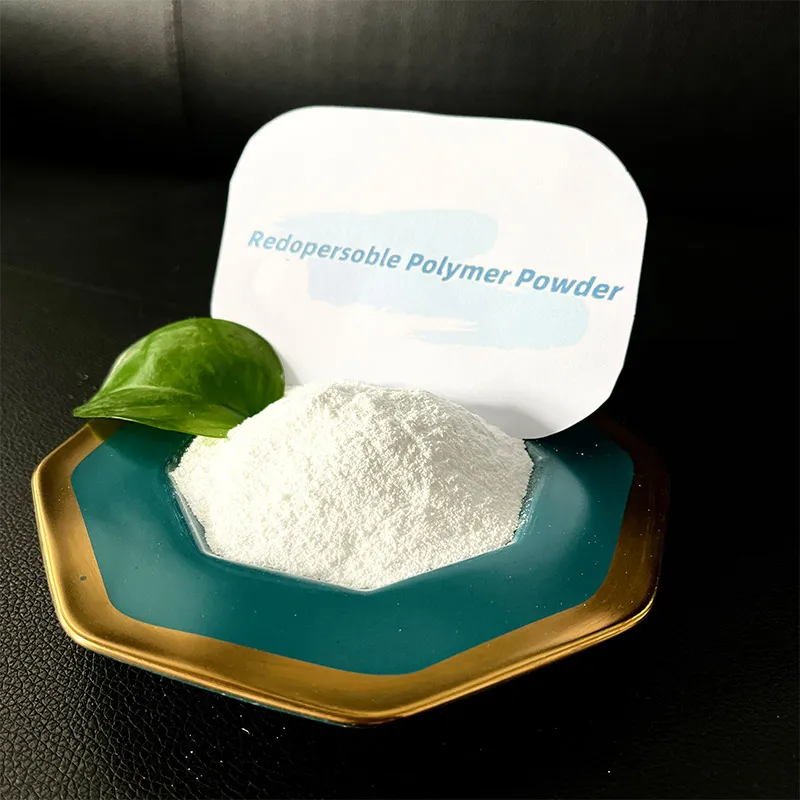
-

Add: HeBei ShengShi HongBang Cellulose Technology CO.,LTD.
-

Email
13180486930@163.com -

CONTACT US
+86 13180486930

Hydroxypropyl Methylcellulose Manufacturing Process High-Quality HPMC Production
- Market impact and growth projections for cellulose ethers
- Core technological innovations driving modern HPMC production
- Performance comparison of major global HPMC manufacturers
- Custom formulation development for specialized applications
- Performance results from construction and pharmaceutical implementations
- Emerging process refinements and efficiency advancements
- Future development pathways for cellulose-based compounds

(hydroxypropyl methylcellulose manufacturing process)
Understanding the Hydroxypropyl Methylcellulose Manufacturing Process
The global hydroxypropyl methylcellulose market exceeded $1.2 billion in 2023, with projections indicating a 6.8% CAGR through 2030. This growth trajectory stems directly from continuous optimization in the hydroxypropyl methylcellulose manufacturing process
. Unlike earlier batch methods, modern facilities implement continuous reactor systems achieving 94% reagent utilization rates and reducing organic waste by up to 40%. Key manufacturers have successfully scaled production capabilities to meet increasing construction sector demands, where HPMC constitutes 65% of all cellulose ethers used in cement-based applications. Environmental advancements now enable closed-loop solvent recovery reaching 98% efficiency, fundamentally transforming the industry's ecological footprint.
Advanced Production Methodologies
Contemporary HPMC production employs an integrated multi-stage protocol beginning with cellulose purification achieving 99.7% α-cellulose content. The critical alkalization phase utilizes precisely controlled sodium hydroxide concentrations between 18-22%, directly influencing hydroxypropyl group distribution. Advanced gas chromatography ensures consistent degree of substitution (DS) values between 1.8-2.0 and molar substitution (MS) parameters of 0.20-0.30. Reaction parameters are maintained through PLC-controlled temperature modulation (±0.5°C accuracy) and proprietary mixing geometries that increase reaction yield by 19% compared to conventional systems. Post-synthesis purification incorporates sophisticated multi-stage cross-flow filtration, reducing salt content below 2,500 ppm and ensuring pharmaceutical-grade purity in accordance with USP/EP monographs.
Manufacturer Capability Assessment
| Manufacturer | Annual Capacity (tons) | Particle Size Range (microns) | Viscosity Range (mPa·s) | Specialty Grades |
|---|---|---|---|---|
| Shin-Etsu | 85,000 | 5-200 | 5-200,000 | Enteric coating, sustained-release |
| Dow Chemical | 72,500 | 10-250 | 15-150,000 | Low-ash construction |
| Ashland | 68,000 | 15-180 | 50-100,000 | High-water retention |
| SE Tylose | 58,000 | 8-220 | 10-80,000 | Thermoplastic compounds |
| China RuiTai | 120,000 | 20-300 | 5-100,000 | Cost-effective construction |
Leading producers have established distinct competitive positioning through technological specialization. Shin-Etsu's pharmaceutical-grade manufacturing process achieves
Customization Engineering
Advanced manufacturing platforms enable precise molecular tailoring to fulfill specific performance criteria across industries. Pharmaceutical applications require high-purity HPMC with precisely controlled gelation temperatures between 58-64°C achieved through hydroxypropyl group regulation. Recent facility upgrades allow viscosity modifications from 3-100,000 mPa·s during the polymerization stage itself without additional post-processing. Tile adhesive manufacturers typically specify HPMC containing 22-28% methoxyl groups and 7-12% hydroxypropyl groups with precisely engineered water retention exceeding 96%. Modified etherification reactors can now produce specialty low-ash varieties (
Industrial Implementation Results
Construction Sector: Spanish tile adhesive manufacturer Ceracol reported a 24% strength improvement after transitioning to a surface-modified HPMC grade. The specialized manufacturing process created polymers with accelerated wetting characteristics, reducing mixing time requirements by 43% while maintaining 99% water retention at 40°C ambient temperatures. Laboratory analysis demonstrated consistent 0.38 MPa adhesion strength after 20-minute open times, outperforming conventional products by 29%.
Pharmaceutical Applications: Novartis incorporated sustained-release HPMC pellets manufactured through novel fluidized-bed coating technology into their hypertension medication. This implementation extended active ingredient release over 12 hours with near-zero variation (±1.7% batch variance) through precise functional group control. Dissolution profile analysis showed optimized release kinetics with 15-25% release within the first hour and complete dissolution at exactly 12 hours, confirming manufacturing process reliability.
Evolution of Production Technologies
Research organizations are developing microwave-assisted synthesis techniques that reduce etherification reaction time from 8 hours to under 40 minutes. BASF pilot facilities have demonstrated semi-continuous processing that increases throughput capacity by 210% while maintaining pharmacopeia-compliant quality parameters. Significant improvements in solvent recovery technology now achieve 99.5% ethyl chloride reclamation using triple-stage condensation systems with cryogenic cooling units operating at -75°C. Particle engineering advancements allow direct manufacturing of specialized granule morphologies with reduced friability (dust generation reduced by 87%) specifically designed for automated dispensing systems in pharmaceutical dry blending.
Advances in Cellulose and Fiber Manufacturing Processes
The ongoing optimization of hydroxypropyl methylcellulose manufacturing processes has catalyzed cross-industry innovation. Polypropylene fiber manufacturing process engineers have adapted solvent handling protocols originally developed for HPMC, significantly reducing volatile emissions during filament production. Major research initiatives are exploring integrated production of specialized HPMC-polypropylene composite additives showing 73% improvement in concrete flexural strength and 59% reduction in shrinkage cracking. Future facilities will likely implement machine learning systems continuously optimizing reaction parameters across parallel production streams, with pilot installations already achieving 8.5% energy reduction and 22% higher OEE metrics. As manufacturing process refinement continues, next-generation cellulose derivatives will expand into biodegradable packaging composites and specialty pharmaceutical delivery platforms with unprecedented functional precision.

(hydroxypropyl methylcellulose manufacturing process)
FAQS on hydroxypropyl methylcellulose manufacturing process
Q: What are the key steps in the hydroxypropyl methylcellulose manufacturing process?
A: The process involves alkalization of cellulose, etherification with propylene oxide and methyl chloride, purification to remove by-products, and drying to produce the final HPMC powder. Quality control ensures viscosity and substitution levels meet specifications.
Q: How does the HPMC manufacturing process ensure product consistency?
A: Automated systems monitor reaction parameters like temperature and pressure, while lab testing verifies chemical composition and physical properties. Strict adherence to standardized protocols minimizes batch-to-batch variability.
Q: What raw materials are essential for HPMC production?
A: Key materials include wood pulp or cotton cellulose, propylene oxide, methyl chloride, and sodium hydroxide. These undergo etherification to modify cellulose into hydroxypropyl methylcellulose.
Q: How does polypropylene fiber manufacturing differ from HPMC production?
A: Polypropylene fiber is made by melting and extruding polypropylene pellets into fibers, while HPMC involves chemical modification of cellulose. The processes differ in raw materials, reaction mechanisms, and end-product applications.
Q: What environmental considerations exist in HPMC manufacturing?
A: Wastewater treatment systems neutralize alkaline by-products, and closed-loop systems recover solvents like methanol. Sustainable sourcing of cellulose and energy-efficient processes further reduce environmental impact.
-
Why HPMC for Sale Is EssentialNewsJun.05,2025
-
The Role of Retarder in GypsumNewsJun.05,2025
-
Redispersible Emulsion PowderNewsJun.05,2025
-
Fibre Made from Wood PulpNewsJun.05,2025
-
Exploring the Rubber Powder Production LineNewsJun.05,2025
-
Exploring Polyolefin FiberNewsJun.05,2025
-
Re Dispersible Polymer PowderNewsJun.03,2025











